Without the aircraft toilet we wouldn’t be able to fly for more than a couple of hours. But there’s something about them that bothers at least one of our young flyers. Why do they have to be SO noisy when you flush them? Global traveller Amelia Oliver aged eight and a half, really doesn’t like using the onboard loo and we don’t blame her. We’ve all experienced the ungodly whoosh of the aircraft toilet doing its work. So what’s going on?
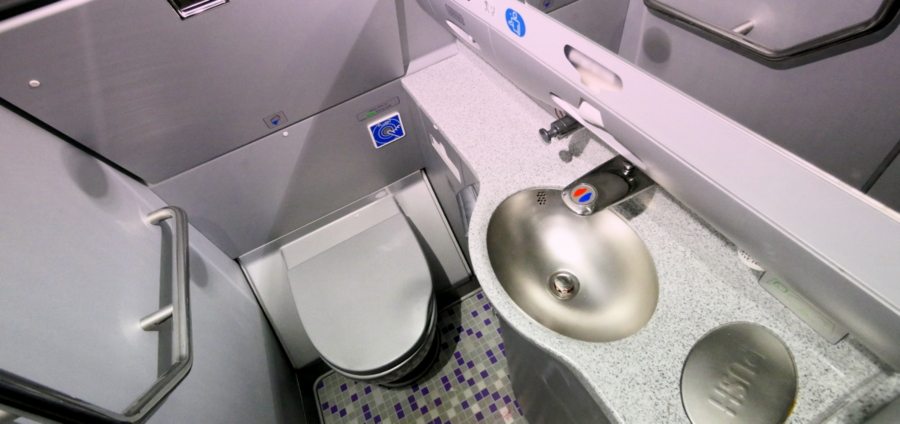
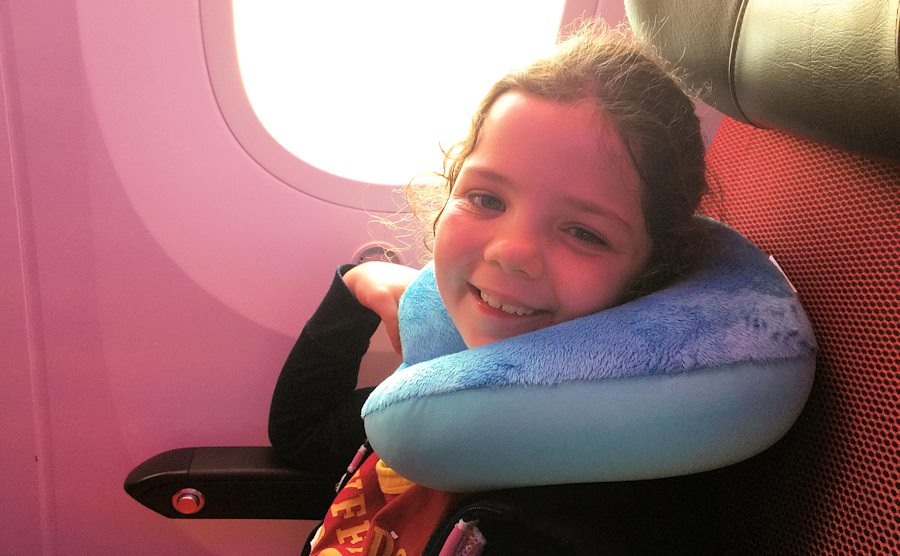
To find out we enlisted the help of John Drillsma, a Duty Maintenance Manager at our Gatwick hangar. John is one of our most experienced engineers and after working on the 747 for nearly three decades there’s little he doesn’t know about this plane – as we discovered recently when asking him some probing toilet-inspired questions. Here’s what we learned…
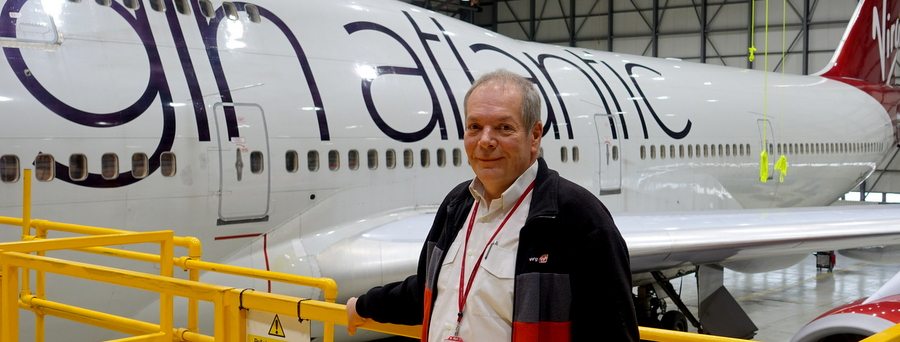
Whoosh
Enduring constant use while remaining hygienic and reliable, aircraft toilets are masterpieces of modern engineering and design. After all, there can be few loos as busy as those on a 747. The whooshing noise is a direct result of aircraft manufacturers trying to keep the weight of the aircraft to an absolute minimum. Every extra ounce on a flight adds to its fuel burn which is bad for the environment and increases ticket costs. It’s a giant win when we remove weight from an aircraft, and the toilets have made a big contribution to this. But before we delve into the toilet systems, let’s look back at a very brief history of the flying loo.
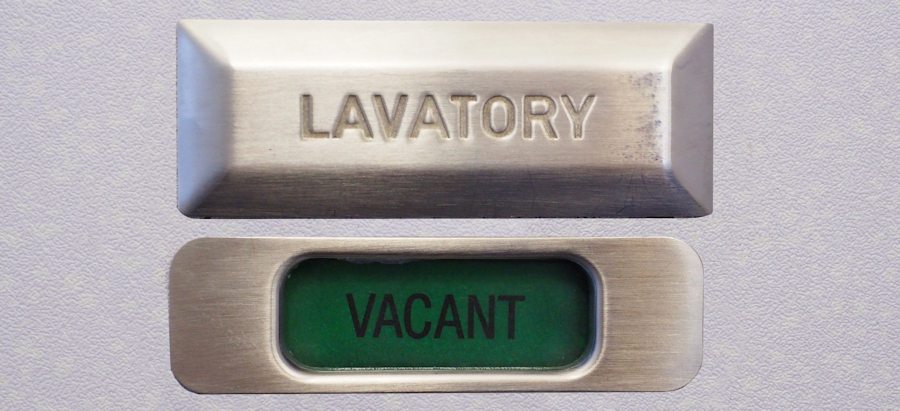
A potted history of aircraft toilets
It narrows down to three main ages (four if you count the very early aviators and we neither know or want to know how they got on…)
- Early days. World War Two bomber and fighter crews became the first people to fly regular long distance flights. They were provided with a flimsy Elsan chemical closet not dissimilar to a bucket with a lid on. For all that’s written about these brave air crews and their aircraft there’s little info about how they coped with their onboard needs.
- The start of the jet age and airliners. Up until the early 1980s aircraft toilets flushed much the same way as yours at home, using chemically treated water with a blue disinfectant. This system had two drawbacks. Planes had to carry huge amounts of this chemically treated water in individual tanks under each toilet which meant they burned a lot more fuel, and they were also prone to the occasional leak which sometimes resulted in the aircraft raining down toxic blue ice on houses under the flightpath.
- The current toilet type was pioneered by Boeing in the late 1970s as a way of disposing of waste on the aircraft without any of the drawbacks of previous systems.
Aircraft toilets now use a clever system of vacuum suction and Teflon coated pipes, which keeps the water needed to a minimum. It’s also now virtually impossible for an aircraft to leak waste. Sadly for Amelia, all this comes at a cost. And that is the dreaded whooshing noise.

The loud sound is a powerful vacuum used to move things along the pipes, but the really clever bit is how it’s achieved. On the 747, there are four waste tanks located near the cargo compartments at the back of the aircraft. In these tanks a vacuum is created which draws the waste through the pipes into the waste tank. The system uses electric vacuum blowers to create the vacuum needed for flushing and transporting toilet waste at low altitudes and on the ground. As the system is open to outside ambient pressure, the vacuum gets stronger and louder at higher altitudes. In flight when pushing the flush, this opens the toilet valve in the aircraft toilet and it is the difference of pressure inside and outside the aircraft that creates the vacuum. You can even see where this happens, there’s a tiny hole at the back of the aircraft where the pressure is released. So there’s your explanation, Amelia. Although it sounds quite loud there’s no need to be scared. It’s just the toilet doing its job and making sure you and all your fellow customers can continue to enjoy flying around the world.
Caring for our toilets
Looking after the toilet systems on aircraft is just one of the many jobs undertaken by our engineering team. Apart from testing all the alarms and electronics and fixing any broken fittings, once a week they blast a mixture of ice and vinegar through the system to keep it clean. Blockages are a bigger problem usually caused by people putting the wrong types of tissue in the bowl (although we have found everything from drinks tins to false teeth in the system). Tougher blockages are cleared using a high pressure machine called a kinetic gun but if that doesn’t work it’s time to take the system to pieces – never a popular job.
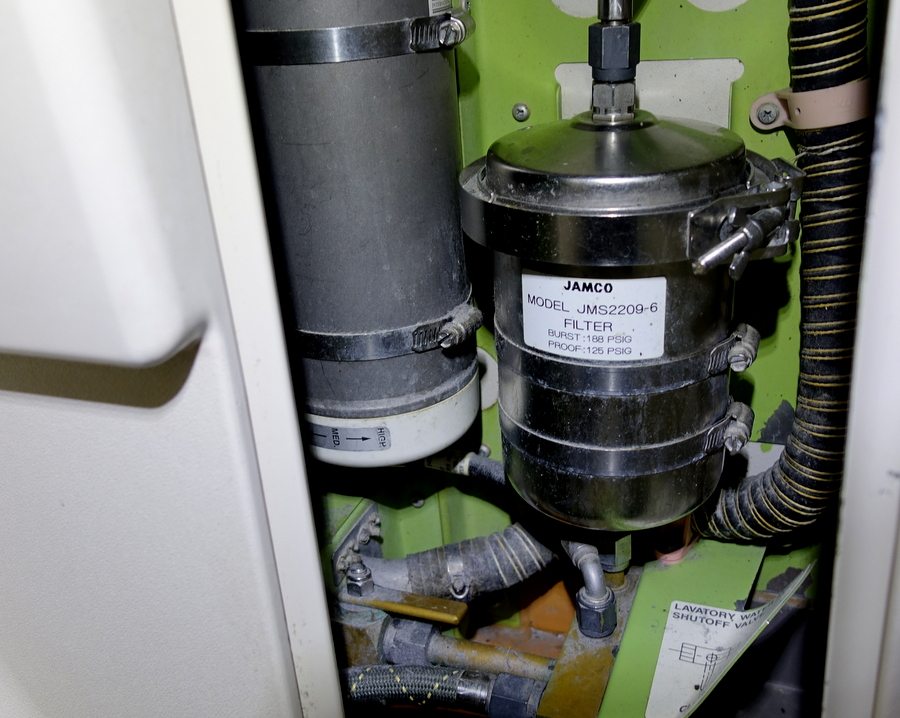
Mythbusting
Though an essential part of everyone’s journey, aircraft toilets are also the subject of urban myth and misinformation. Here's a few of the best ones...
A woman once got stuck to an aircraft seat for hours after flushing while still sitting down.
We’ve heard this one a lot. The short answer is that as far as we know, nobody, in the whole history of aviation, has ever become stuck to an aircraft seat after hitting the flush button while sitting down. It simply wouldn’t happen: you’d have to form a perfect seal – almost impossible given the horseshoe shape of the seat. The rumour was given weight by a BBC report which quoted an airline as confirming it had happened to one of their passengers. It later turned out to be a miscommunication; the event never happened. The subject was also reported by Adam Savage of Mythbusters.
What about ‘blue ice’ falling from the sky?
Is this even technically possible in a modern aircraft? It was known to occasionally happen over 30 years ago when older generation planes used a different electric system and flushed their toilet using a blue chemical disinfectant. Unfortunately this system wasn’t perfect and in some very rare circumstances the waste could escape via faulty valves, freeze onto the outside of the aircraft and thaw enough to fall off as the aircraft descended to warmer air. Authorities do still receive the odd complaint about waste falling on houses but the culprits nearly always turn out to be birds not planes. So blue ice in 2017? We are going to say it doesn’t happen.
Crew can open the toilet doors from the outside
True! This is for our customers safety. Faye one of our cabin crew explains: “We use this often to lock empty toilets for take-off, landing and in turbulence. It’s very rare that we have to open the door when a customer is in the toilet and then only if we are concerned for their safety or wellbeing. If the smoke alarm is triggered or if the customer has been in there a long time and is not responding to knocks on the door we would intervene. There is a call bell in the toilets if you need assistance”.
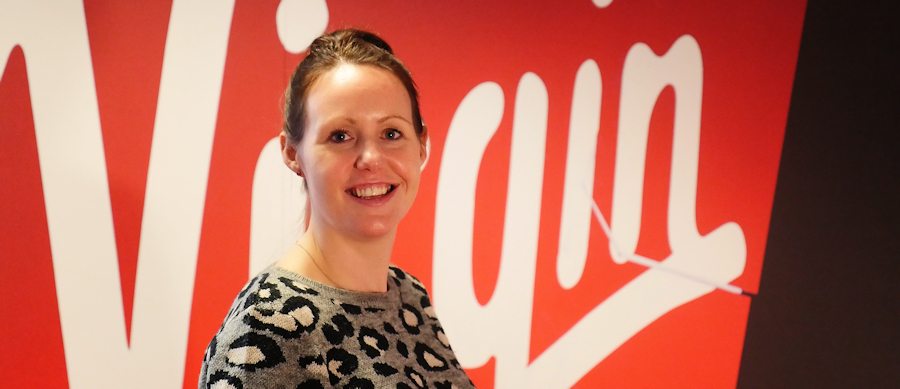
The Airbus A350-1000 shows off its design at the 2016 Farnborough Airshow
Are there cameras in aircraft toilets?
Er, no. That would be gross. They house a lot of technology from smoke detectors to fire extinguishers, but there are definitely no cameras. Hopefully, you can all now press that flush button safe in the knowledge that it is a clever system designed by clever engineers working as it should. We explained all of this to Amelia before she boarded her holiday flight home from Florida the other day and she feels much happier about the flush now. But she still asked her mum to press the button!
